



Warsaw was destroyed four times during World War II. The first destruction took place during the bombing of the capital in September 1939. After the fall of the Warsaw Ghetto Uprising in May 1943, the entire district was razed to the ground. During the fights of the Warsaw Uprising in August and September 1944, the city was destroyed by German artillery fire, bombing and fires. And after its capitulation and the evacuation of civilians in October 1944, more buildings were blown up. According to various estimates about 75% of the city buildings were destroyed and the loss of civilians was imaginable. Discover mesmerizing history of WWII and pay tribute to the victims of this terrifying conflict.
1
All year
1 city, 2 villages
10-50
Moderate
Up to 30 days*
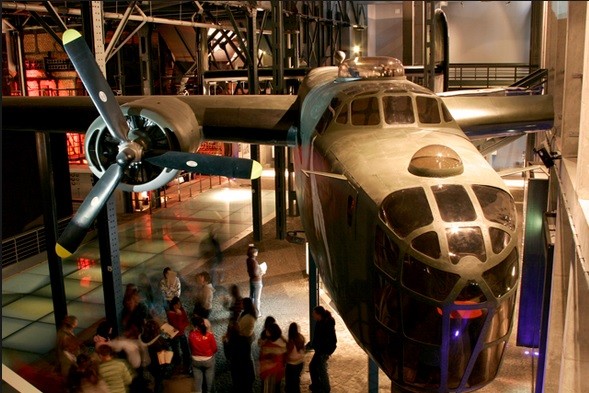
Pick up from your hotel/hostel in Warsaw by our tour guide and coach. Transfer to Warsaw Rising Museum with a stop at Warsaw Rising Monument. Sightseeing of the Museum with a guide. Transfer to Mausoleum of Struggle and Martyrdom in the former Gestapo headquarters at Szucha Street. Transfer to Palmiry. Sightseeing of Palmiry Museum and a visit at the cemetery. Transfer to Trablinka former Nazi German Concentration Camp. Sightseeing with a guide. Return to your hotel/hostel.
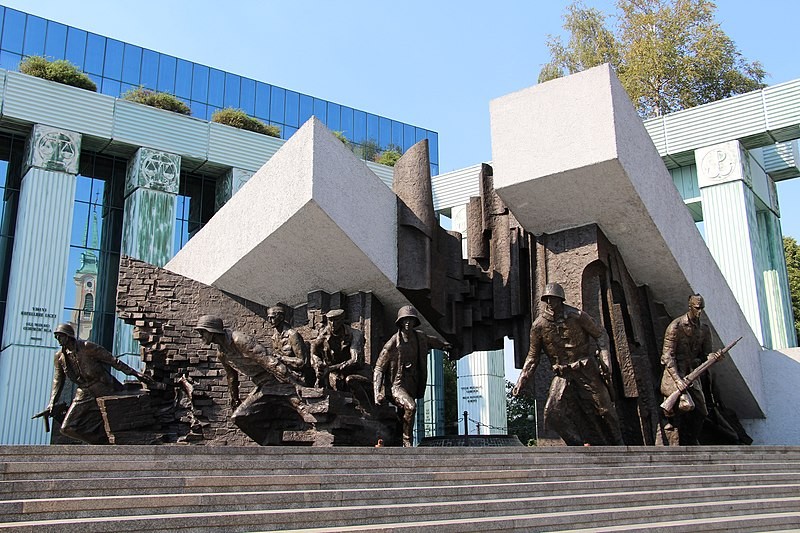
Warsaw Uprising Monument is located on the eastern side of Krasinskich Square in Warsaw. It is dedicated to the Warsaw Uprising of 1944. The monument was unveiled on August 1, 1989, on the 45th anniversary of the outbreak of the Warsaw Uprising. The monument is about 10 metres tall and consist of two elements: the first element is the insurgents running out from under the monumental pylon - the so-called "Spurt", the second one the people standing over the entrance to the sewers - the so-called "Epilogue", symbolizin...
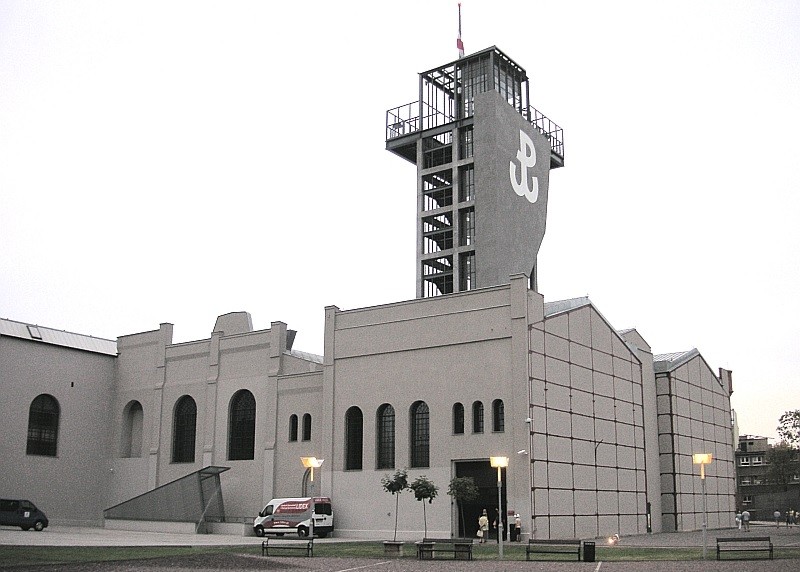
Warsaw Rising Museum is located just 3 kilometres from the Royal Castle. The museum was opened in 2004 and is situated at 79 Grzybowska Street. The main aim of the museum is to provide documentation and present history of Warsaw uprising during the Second World War and activities of Polish Underground State. The exhibition shows everyday life and fights during Nazi occupation and the fate of the insurgents during communist regime in People’s Republic of Poland (PRL). The museum has gathered 30 000 exhibits. The exhib...
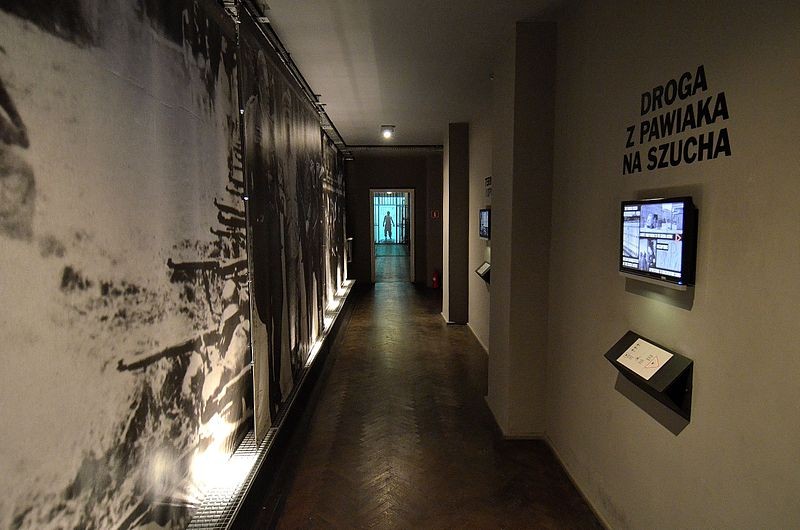
Mausoleum of Struggle and Martyrdom is located in the former headquarters of the Gestapo, at Aleja Jana Chrystiana Szucha 25 in Warsaw. It is a branch of the Pawiak Prison Museum. The most valuable exhibition in the museum are the premises of the Gestapo detention center located here during World War II, corridors, collective cells, isolation rooms and the room of the Gestapo officer on duty, where interrogations took place. Visitors are accompanied by 5 multimedia projections, the most moving of which is the etude W...
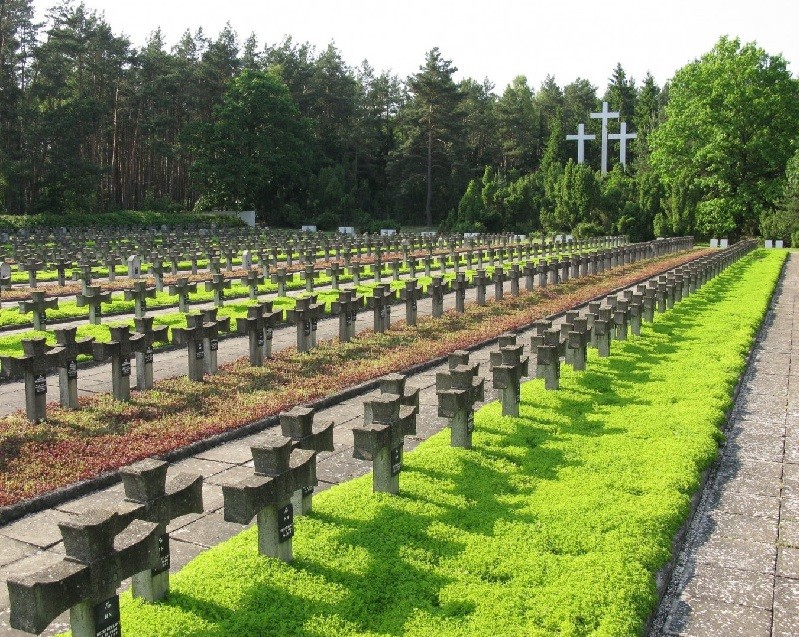
Palmiry National Memorial and Museum is highly recommended as the forest outside Warsaw significantly ups the standard for how a small exhibit can pack a huge punch. A little history: during World War II the forests of Palmiry and Kampinos became a refuge for those fleeing the destruction in Warsaw (many Home Army soldiers regrouped in the woods). It also became the site for 21 separate mass executions performed by German soldiers against 1,700 Poles and Jews, many of whom were academic and cultural figures. Inside t...
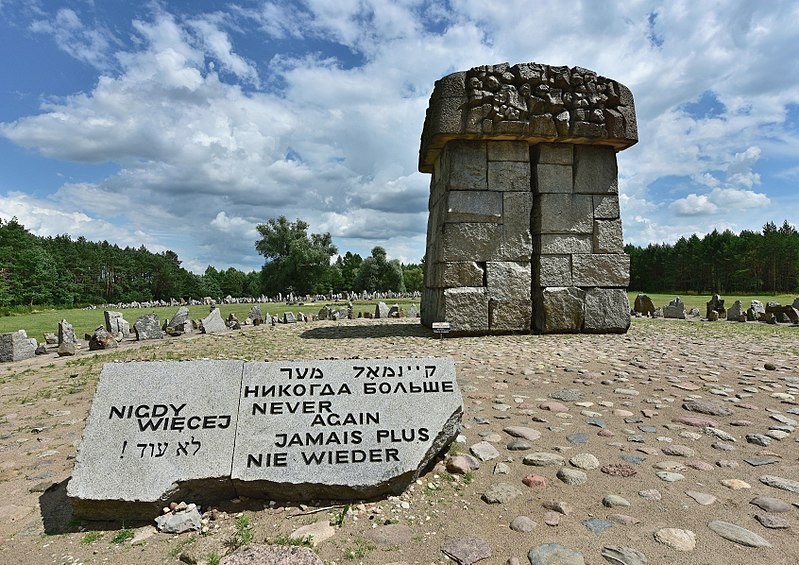
For the overwhelming majority of Warsaw’s wartime Jews their journey was destined to end in one place, a hitherto unknown village called Treblinka. Set 100 kilometres north east of Warsaw this small rural community found itself unwittingly thrust into the eye of the Holocaust. Split into two separate sections, Treblinka I and Treblinka II, Treblinka I was originally established in the summer of 1941 and functioned as a slave labour camp interning Polish prisoners. Treblinka II, the death camp, opened the following ye...
Tour guide, museum guides, driver
Warsaw Rising Museum, Mausoleum of Struggle and Martyrdom at Szucha Street, Treblinka Museum
Coach
Your Warsaw's hotel/hostel
Your Warsaw's hotel/hostel
English, German, Norwegian, French, Spanish, Italian and others on request
Thematic tour
Both places are interesting to see, still due to limited time we have chosen Szucha exhibition. It is more artistic one and we believe it makes greater impact on the visitors. Still, if you want to exchange these places or include both in your trip, just let us know and we will make it happen.
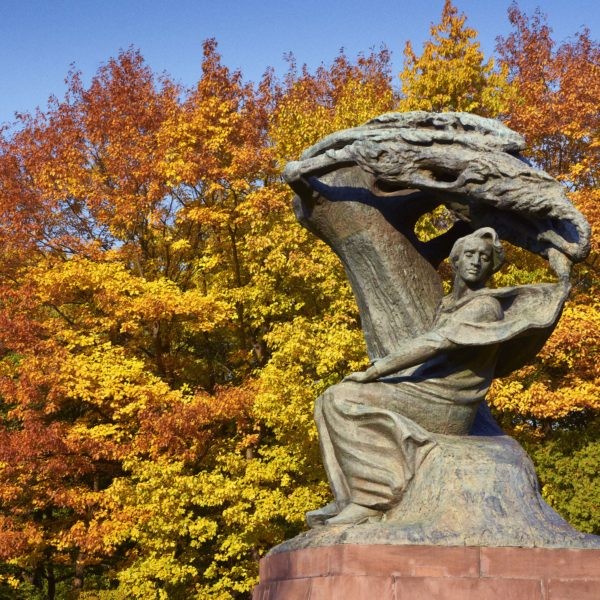
Frédéric François Chopin was a Polish composer and virtuoso pianist of the Romantic era who wrote primarily for solo piano. He has maintained worldwide renown as a leading musician of his era, whose poetic genius was based on a professional techni...
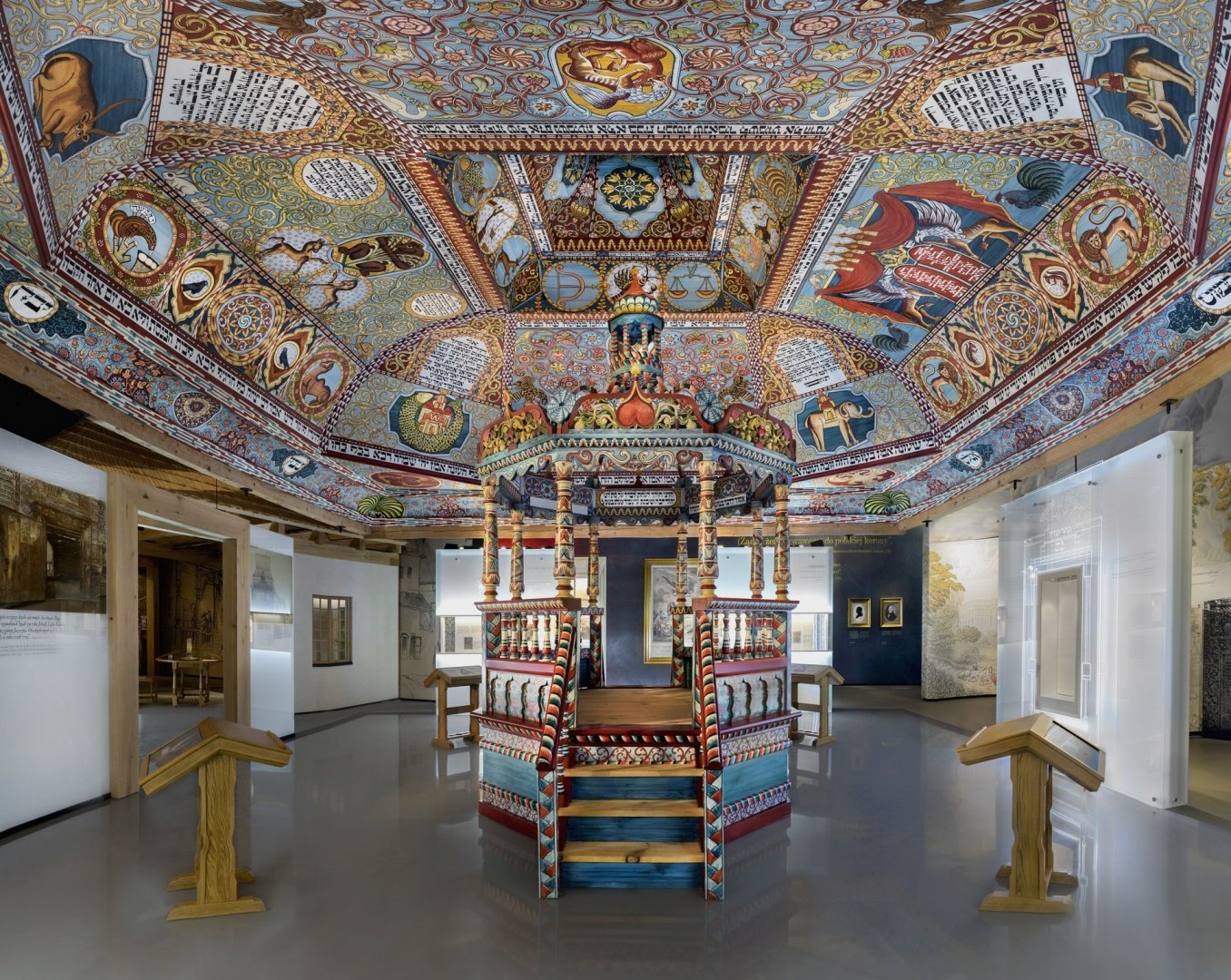
Polish – Jewish history has been entwined for centuries. Jewish community paid key role in Polish society before WWII. Unfortunately, the peaceful coexistence of both nations dramatically finished with calamity of the war. Now, both nations search...
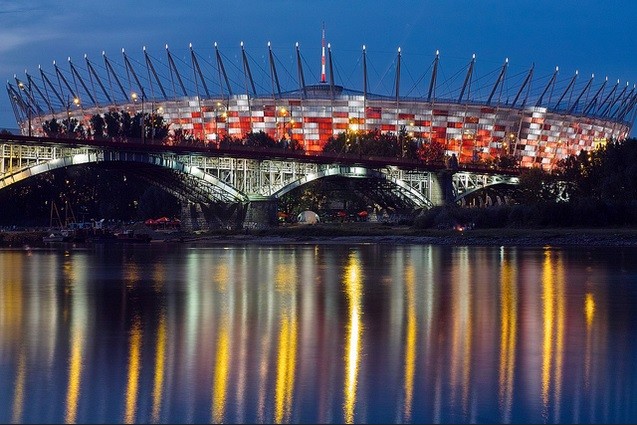
If you want to discover Warsaw and Poles from the other perspective immerse yourself in the men’s world of football and world famous Polish Vodka. We invite you to find out male attractions of the Polish capital. During this trip we will visit Nat...
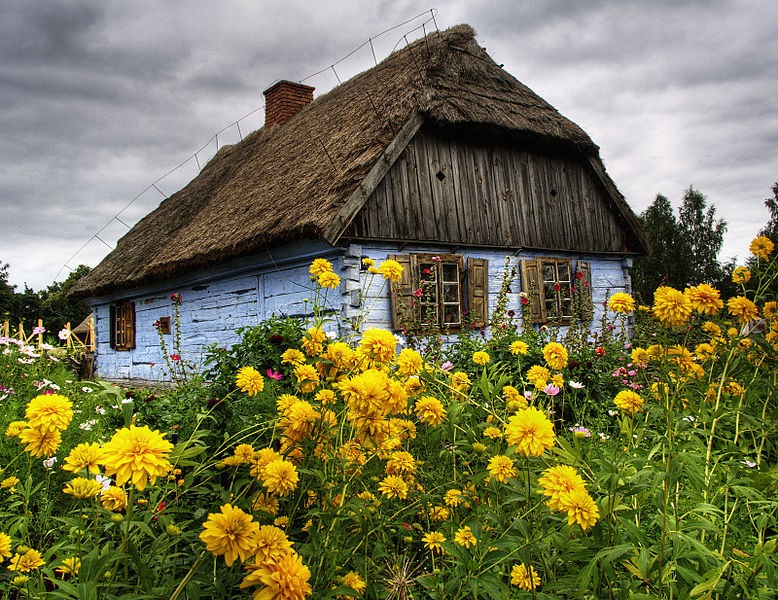
Warsaw is a remarkable agglomeration. Still, if you plan to spend some more time in Poland, it is good to discover also the capital's surrounding. Feel the atmosphere outside the big city and immerse yourself in Polish rural countryside and try ou...